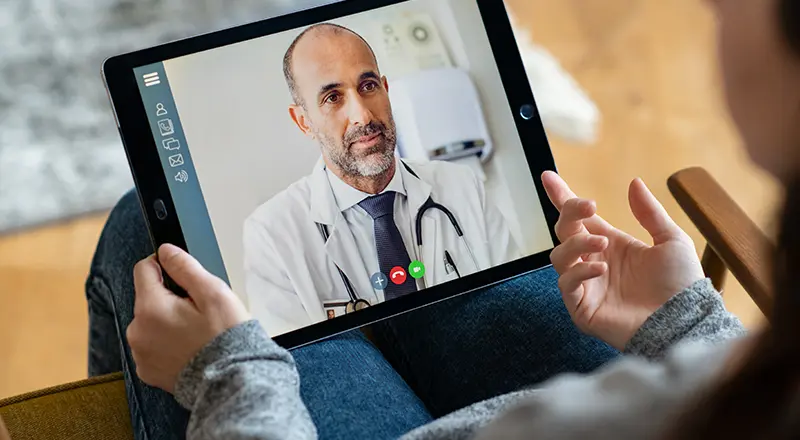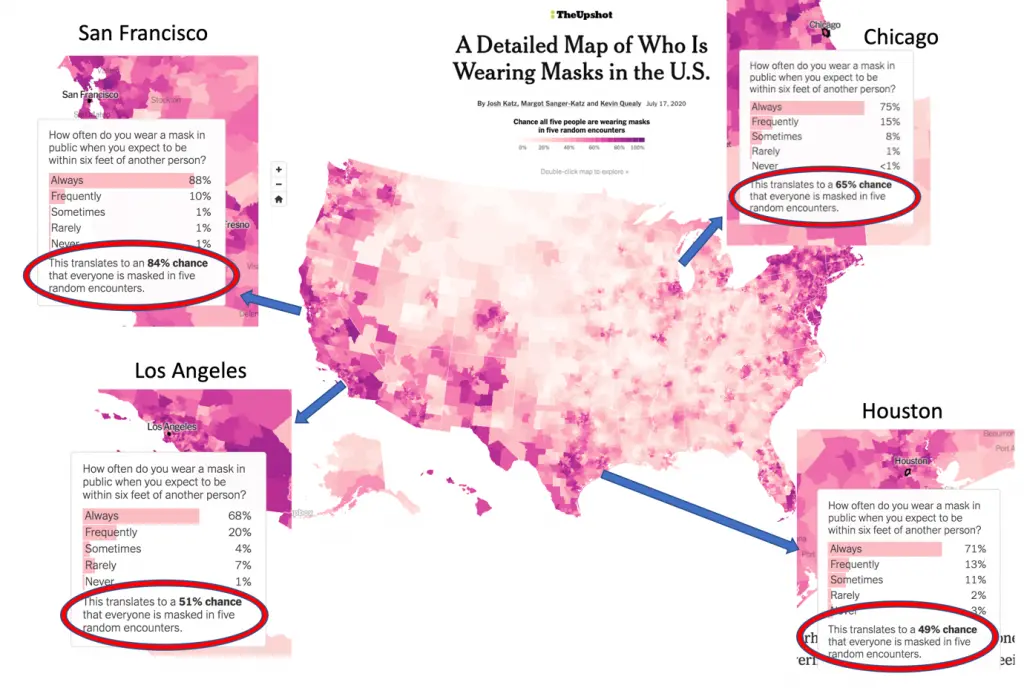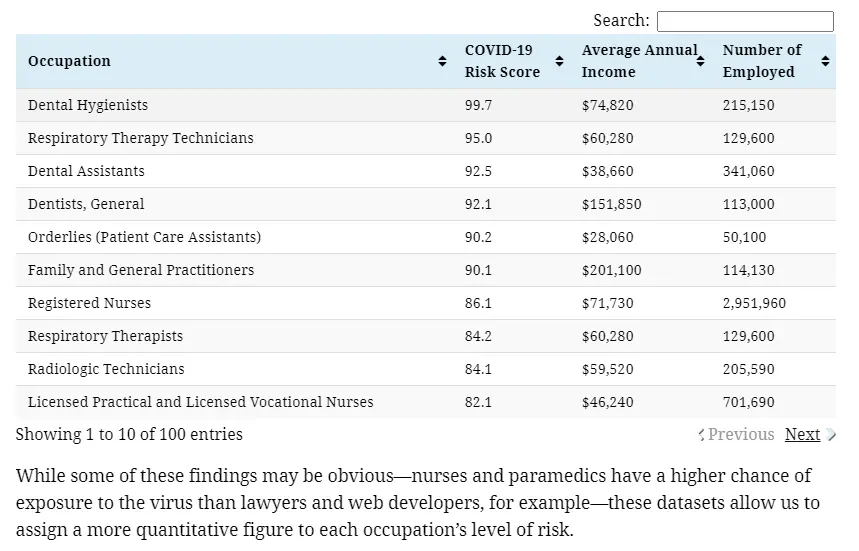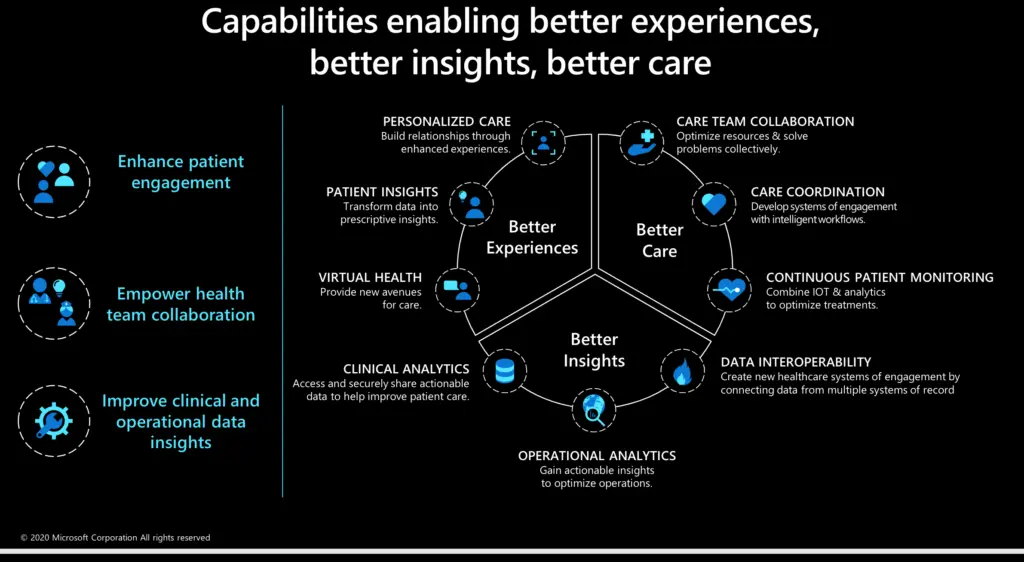
Healthcare has been essentially presumed as an offline and in-person service for the longest time now. Online consultation lacks trust, assurance, and empathy one feels at the time of in-person examination. Healthcare apps, TeleHealth and other digitization forms have been on the rise for quite a few years now. Still, the acceptance was shallow, that’s until COVID 19 erupted and made healthcare accelerate the quest for no-contact alternatives. This immediate adoption is boosting the digital health-tech industry. As more and more patients & firms prefer teleconsultations, digital prescriptions, pharma apps, and e-diagnostics, the digital healthcare industry is growing by leaps and bounds globally.
The changing face of Digital Healthcare
Speaking to The Healthcare Information and Management Systems Society (HIMSS), Amwell President and CEO Dr. Roy Schoenberg said, “Patient volumes were up by 3,000% to 4,000% by mid-March in certain US locations compared to usage before the pandemic.” In comparison to 2019 figures, the numbers further skyrocketed since March. Similar adoption patterns have been reported from other continents as well due to an interest in ‘personalized patient experiences’, ‘improved operational outcomes’ and ‘empowered healthcare workers.’
Till the pandemic broke out, the potential of data and AI in healthcare was underrated. Institutions did not mind infrastructural investments but use of AI for medical research and planning was grossly underutilized. COVID-19 gave no time to do things gradually – new studies and reports are being published every day encouraging evidence-based planning and policy formulation to deal with the crisis. Let us understand this further.
As countries start to reopen, there is a lot of emphasis on wearing masks and social distancing but when the pandemic broke out, there was no evidence to prove the efficacy of either. The data was low quality and unreliable. Guidelines from medical organizations kept changing from time to time and just added to the chaos. Initially there were small experiments and studies that advocated the use of masks for protection against COVID-19, but the strongest evidence had to come from epidemiologic data. Several AI/ML enabled research have been conducted since the breakout and almost all of them found a strong relationship between masks, social distancing, and COVID-19 cases. Here is a graphical data-driven representation of how masks are effective in reducing the size of the droplet cloud and signalling people to keep distance.
According to a study conducted by Health Affairs in 15 states and the District of Columbia, there is clear evidence on how wearing masks at a community level reduced COVID 19 growth rate. In just five days, the growth rate slowed by 0.9 percentage-points, and in 21 days, by 2 percentage points.
A similar study by ReasearchGate looked at coronavirus death figures from 198 countries and found that in countries with cultural norms or government policies supporting public mask-wearing, per-capita coronavirus mortality increased on average by just 8.0% each week, as compared with 54% each week in remaining countries. Simply put, it means that countries where people wore masks had much lower death rates.

Source :NY Times (By Josh Katz, Margot Sanger-Katz and Kevin Quealy July 17, 2020)
Analysis – Mask wearing in SF, while not 100% universal, is pretty darn good – combination of strong & consistent messaging from leaders, and people doing the right thing. Above, @nytimes estimates of masking in SF (84%), LA (51%), Chicago (65%), and HOU (49%).
Apart from these, there are several reports that look at other aspects of the pandemic, such as societal, economic, and mental health impacts. For example, a study aggregated a COVID-19 Risk Score between 0 and 100, with 100 representing the highest possible risk, for different occupations. While the results were obvious – nurses and paramedics are at highest risk – the dataset assigned a quantitative figure to each occupation’s level of risk along with average annual income and number of workers associated with each, making the comparison clear.

Source : Visual Capitalist
Digitization of Healthcare Information
Dealing with rare diseases and novel viruses involves combating unknown challenges. Historical healthcare data (used to train AI/ML models) can be helpful to draw references. But there is a humongous volume of raw data lying out there, and while a part of it is unorganized, most data has been organized by institutions to suit their requirements. To understand this better, this video by Healthwise explains how different people see organizational structures and how it may or may not make sense to others. Therefore, more than access, the challenge lies in identifying relevant high-quality data and finding meaningful insights that can translate into usable diagnosis. The breakout of COVID 19 has emphasized the urgency to develop universal classification techniques and ensure quick identification and retrieval of data to help patients and medical caregivers alike. Technologies like FHIR by HL7 are taking big leaps to solve this problem and make it a seamless glide through global patient records and other documents.
As patients become increasingly aware of healthcare online, there is a growing need for health institutions to hurry up and put out easy-to-find, usable knowledge artifacts that are accurate and also actionable. Dedicated systems enable these institutions to improve their all-around digital capabilities with Artificial Intelligence (AI/ML) solutions. While some of these adoptions will result in more robust EHR management and classification and help patients indirectly, a lot of them will transform into information directly shareable with patients. For example, Healthwise is a non-profit platform that acts as a credible resource center empowering patients and care providers with the latest in health education and applications. It offers content as a service, helping medical information curators to quickly identify and put together different content pieces verified by qualified clinicians to educate patients and the public.
The current pandemic has catapulted the percentage of digital healthcare adopters, making the transition more accessible than ever. At present, AI-enabled software’s are focused on helping healthcare institutions improve the quality of their services. In the long term however, AI/ML innovations will play a pivotal role in prepping the same institutions for serving such digital healthcare needs with state-of-the-art health systems and infrastructure. However, there is still a long way to go to make it a perfect integration of intelligent information systems and enabling more effective global healthcare.
Here is the representation that reflects Microsoft Health Industry Vision on capabilities that enable better experiences, better insights and better care that need to be built leveraging the modern digital health data common model systems.

Microsoft source – http://www.microsoft.com/cloudhealthcare
COVID-19: Challenges of Remote Care & Resource Distribution
COVID 19 has suddenly put a lot of pressure on the healthcare industry to accommodate remote care and isolation wards for corona patients. Handling the pandemic requires them to allocate their infrastructure, equipment, supplies, staff, and other resources among critical COVID patients, those with moderate to mild symptoms, those who have been home-quarantined, and patients battling chronic diseases, and emergency admissions. Health systems of most countries have been grappling with the situation and trying to reallocate and repurpose their resources based on adopted strategies during the spread of MERS and SARS. Here’s a look at how they’ve managed to do that.
1. Infrastructure & Workforce Allocation: Dedicated task forces and care units have been created for each patient category. Budgets have been allocated to train the staff, equip them with the latest in virus behavior and medication guidelines, and provide them the right protective gear and equipment. Infrastructure-wise, temporary care units and isolation wards with basic and advanced medical facilities have been set up on an immediate basis by hospitals, mostly with aids from government and private players.
2. Remote Care: While all serious cases, COVID as well as non-COVID are attended to in the hospital, remote care is being extended to a lot of patients to keep medical facilities from being overloaded. In light of the current crisis, non-serious patients can be divided into two categories:
- Corona patients with mild symptoms: Home care packages with access to help portals, apps, wearables, and a few monitoring aids have been introduced for patients who have been advised to home quarantine. Remote Patient Monitoring (RPM) helps lessen the burden on hospitals while patients are also assured and comfortable.
- Non-serious, non-corona patients: There is a new way of looking at this set, which is far from comfortable for both doctors as well as the patients, but as long as it keeps the virus away, telehealth is the preferred way. There are guidelines on how to examine patients on video and also on prescribing medicines. The workforce needs to be trained for it because even after the pandemic is over and things look under control, this is going to be the new normal.
3. Supplies & Equipment: Large chunks of the budget have been allotted to arrange additional supplies and equipment for corona patients. The World Health Organization has developed Essential Supplies Forecasting Tool (ESFT),designed to estimate potential surge in the need of personal protective equipment, diagnostic equipment, biomedical equipment for case management, essential drugs for supportive care, and consumable medical supplies for the current pandemic of COVID-19.
4. Telehealth Innovations: Digitally, online dashboards have been created overnight to keep track of key figures such as the number of COVID 19 patients, the available number of beds, and other data related to the pandemic. Mobile apps have been created to monitor the health of those who have been home quarantined. New payment structures are being developed to enable remote consultation services including, but not limited to, video calls, text and email-based diagnosis, mobile health and diagnosis applications, and a range of AI-enabled bots and devices. Pharma companies have quickly shifted to online ordering and delivery models and focused on enhanced customer experience with timely nudges and reminders for monthly refills.
5. Investing in FHIR: The pandemic has reiterated the need to be digitally equipped for all medical institutions. Healthtech has been at work relentlessly and those who were using advanced interoperability resources are today in a better position to learn from global data and trends. Here is where FHIR® – Fast Healthcare Interoperability Resources (hl7.org/fhir) steps in to help as standards driven body.For those who were ignoring it have been forced to adopt and adapt.
6. Knowledge Mining: From its core, Knowledge Mining is about finding real value from the existing unstructured information. It Increases efficiency with actionable business insights through AI that optimize clinical pathways, operational workflows, and quality improvement using secure healthcare data.
7. Vaccine Development: A lot of countries are investing massive amounts in developing the COVID-19 vaccine. Top pharmaceutical companies and medical research institutes are engaged in research initiatives with government aids and private donations. Moderna Inc has received almost $995 million to develop its vaccine; Novavax Inc raised $60 million from the U.S. Department of Defense; Sanofi and GlaxoSmithKline-partnered COVID-19 vaccine got $2.1 billion from the US government to speed up their research; China’s Sinovac Biotech received $15m to advance the development of its COVID-19 vaccine candidate; and so on.
Digital Healthcare is the Inevitable Future
The corona caused pandemic has brought about a massive change in how health care users interact with technology and the health care data. It has paved the way for a future that will do away with the complex processes currently followed in hospitals all over the world. Healthtech innovations will take over the industry with their hassle-free and time-saving solutions for doctors, clinicians, lab practitioners, patients, data analyzers, and other stakeholders. For patients, mHealth apps will change their healthcare routine completely. The focus will be on eliminating the unnecessary time spent physically visiting the hospital, improving the accuracy of diagnosis, increasing efficiency of healthcare providers, enhancing overall patient experience, and regularly upgrading electronic health record data to build intelligent knowledge platforms.
The initial resistance to adopting healthcare digitization is history. According to a 2018 study, healthcare technology users, which includes mobile apps, electronic records, wearable devices, and online communities, are increasing every year. Exact numbers cannot be quoted as no reports have come out post the COVID 19 breakout. Still, it is only logical to conclude that this shift in healthcare services consumption is here to stay and will play a crucial role in shaping the post-pandemic healthcare industry structure.
Trends suggest that after the initiation phase is over, service providers will aim at not just enhancing but innovating patient experience using data. From the perspective of tech support, there’s going to be an immediate focus on elevating the standards of digital health with AI. Countries are increasingly adopting smart bots for preliminary patient interaction and a few labor-intensive jobs that do not depend on human discretion so much. With intelligent systems getting ready for smarter jobs, the industry is certainly moving towards a much bigger revolution.
In my next blogs, I will be exploring the possibilities with ‘Responsible AI’ in healthcare to give you a glimpse of what the future of healthcare services will look like. It may seem light years away from today but realizing and utilizing the power of relevant data and true AI in healthcare will open unimaginable possibilities for the sector. It will be one of the biggest vaults in the history of global healthcare; a complete paradigm shift in the way we perceive medical services. So, stay tuned!
Reference/sources
- Microsoft Cloud Healthcare
- Microsoft GitHub – Common Data Model Schema
- Fast AI – Making neural nets cool again – COVID-19 impact
- Eric Topol, Physician, Scientist, Author – Global #COVID19 deaths on the rise
- Jeremy Howard & Petr Ludwig’s All-Volunteer Org – Masks 4 All
- The Keys to Finding the Right Information by HEALTHWISE
- The Front Line: Visualizing the Occupations with the Highest COVID-19 Risk
- Petr Ludwig’s Czech #Masks4All Movement Goes Global


